Identify the System Constraint
User Need Constraint
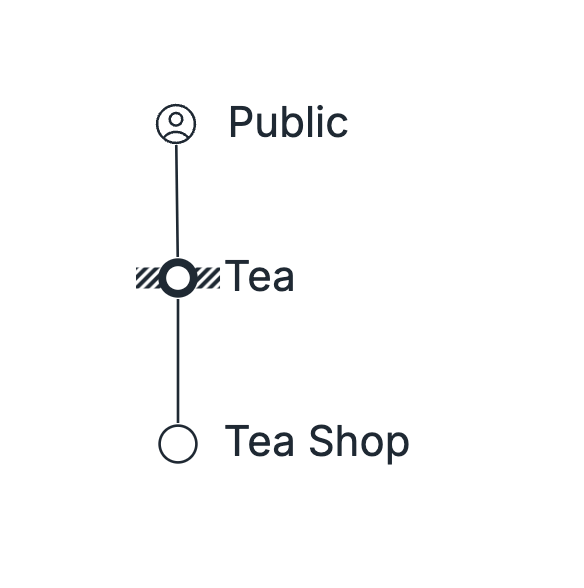
In the realm of Customer Journeys, Sales, and Marketing
With the Constraint being the User Need, we are in the realm of Customer Journeys, Sales, and Marketing.
The key thing to keep in mind is that we identified our Constraint to be the User Need, so we will only add detail there. We will not add detail to User or the Component. Remember, by definition of our Constraint, those are fine.
At this point, it may be sufficient to declare that the User Need is the constraint and invest in Continous Discovery and other methods of understanding Users. Alternatively, we may invest in Sales and Marketing to manufacture a User Need. If Constraint is sufficiently clear and actionable, proceed to step two. However, if the Constraint is not clear and actionable yet, then this is where we add additional detail.
Difficulties with User Need Constraint
When Constraint is in the User Need, it is very easy to accidentally shift the Constraint to the User or Component.
If you find yourself shifting the Constraint from User Need to User or Component, that probably means that you are already attempting to Elevate the System's Constraint. We will do that in step four. But, this also implies that the Constraint may already be clear enough and actionable. If that is the case, proceed to step two: Decide How to Exploit the System's Constraint.
Identify steps
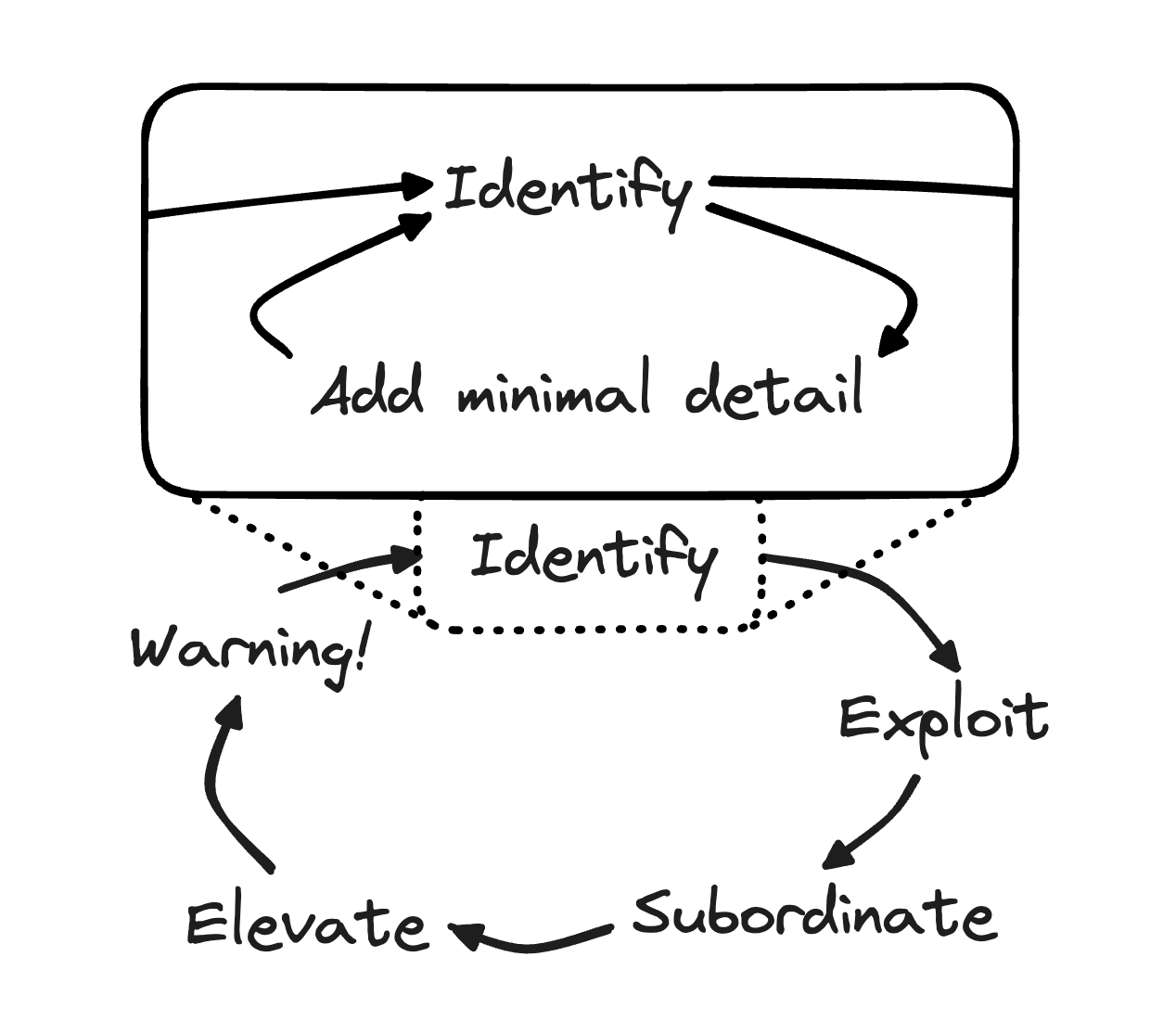
- For the currently marked Constraint, add minimal detail.
- Identify the new, more detailed Constraint.
Repeat these two steps until you feel that the Constraint is detailed enough to take specific action on.
Once you, with your system, reach the point where Constraint is detailed enough to be actionable, you are ready to proceed to Decide How to Exploit the System's Constraint lesson.
Let's illustrate some of the different things that can happen during this step using our Tea Shop example.
Tea Shop example
One note before we start with the example
While the steps are intended to be straightforward, please do not think that you will be able to proceed through the steps as fast as you read about them in this example. Each step took some time to think through, consider some alternatives, and view the system through different lenses and models. Reading the outcome of this process will likely be much faster than how long it takes to actually execute this process.
We start the example with our current Constraint.

Perform Identify Step 1 - For the currently marked Constraint, add minimal detail.
One way of thinking about the Public need for Tea is to consider the different time for the need. In this case, we add the detail of Tea During Rush Hour and Tea During Off Hours.
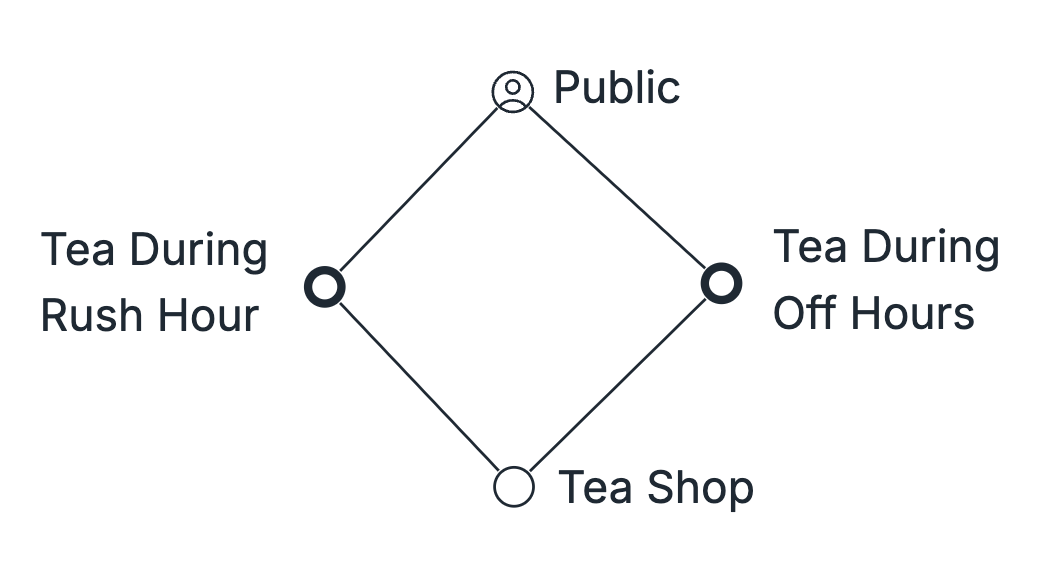
Perform Identify Step 2 - Identify the new, more detailed Constraint.
We notice that the need for Tea During Off Hours is much less and we get less value flow during off hours.
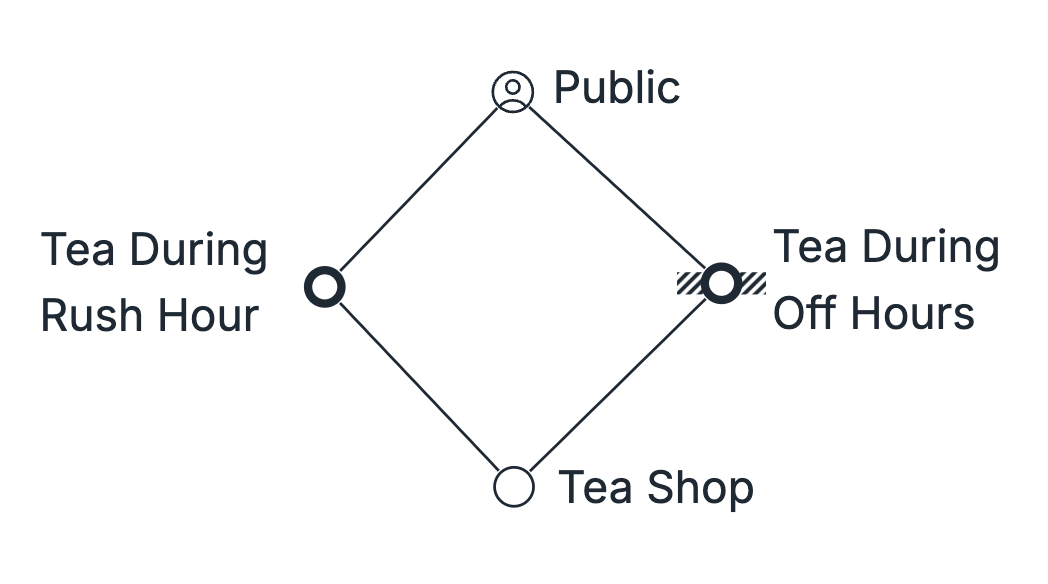
We now ask, is this Constraint detailed enough to be actionable?
For the purpose of the exercise, let's say that we want more detail. We repeat the steps.
Perform Identify Step 1 - For the currently marked Constraint, add minimal detail.
Focusing on the Constraint, we identify a notable difference in the need for different Tea serving sizes: small, and regular.
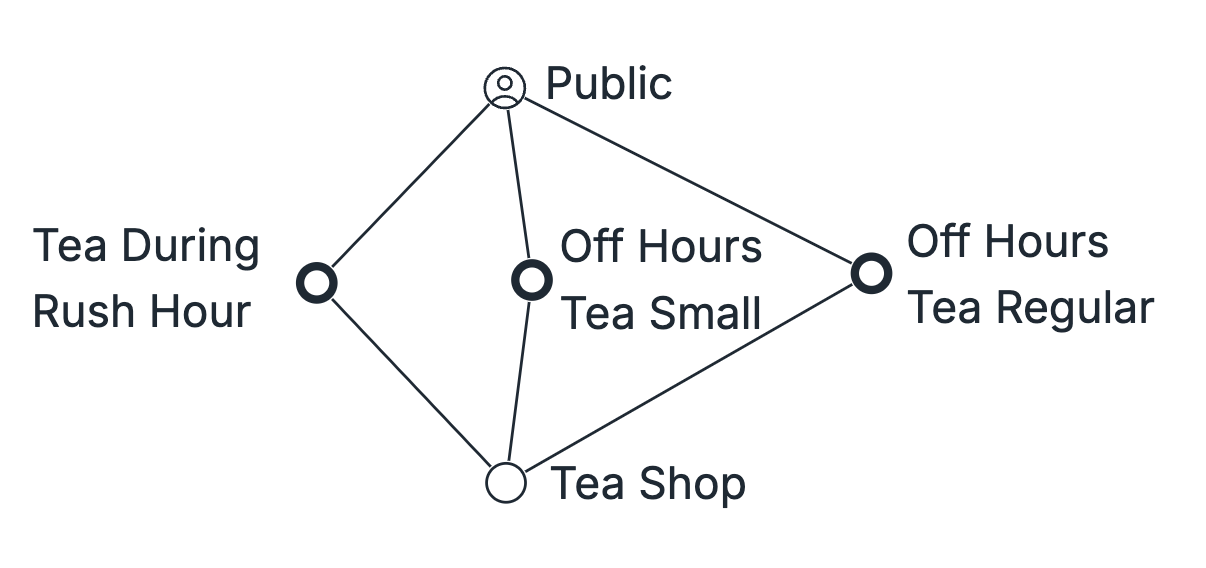
Perform Identify Step 2 - Identify the new, more detailed Constraint.
Furthermore, we notice that there's much less need for Off Hours Tea Regular size.

We ask again, is this Constraint detailed enough to be actionable?
For the purpose of this excercise, let's decide that we have enough ideas about how to deal with the Constraint where there appears to be not enough need for Off Hours Tea Regular size. As such, we completed Identify the System Constraint Step and will proceed to Decide How to Exploit the System Constraint next.
Once you, with your system, reach the point where Constraint is detailed enough to be actionable, you too are ready to proceed to Decide How to Exploit the System Constraint step.
Again, the steps are:
- For the currently marked Constraint, add minimal detail.
- Identify the new, more detailed Constraint.
Repeat these two steps until you feel that the Constraint is detailed enough to take specific action on.
Summary and reflection
Notice how the two-step procedure of adding detail at the Constraint allows you to clearly decide what becomes part of the Value Chain and what stays out. You do not have to model the entire Value Chain in detail in order to identify the Constraint. If you are worried that we are leaving out important details elsewhere, go back and review Improving a non-Constraint section in the Constraint lesson.
As the level of detail of the Value Chain increases, you are adding detail for your specific system and context. Follow on steps will generate actions specifically for your system. If you were analyzing a different system, the generated actions in follow on steps would be specific for that other system's context. The benefit of focusing on the Constraint is that you do not have to consider all possible actions, only the ones that are relevant to your system in its current context.
Lastly, because you are focusing on the Constraint, future actions you take will affect the one place in your Value Chain with the most leverage to impact your entire Value Chain. Your improvements at the Constraint will immediately improve the whole.
Up next
Now that you completed this step, you should proceed to Decide How to Exploit the System's Constraint lesson next.
If you are curious what identifying the Constraint is like for User or Component, visit the User Constraint or Component Constraint lessons.
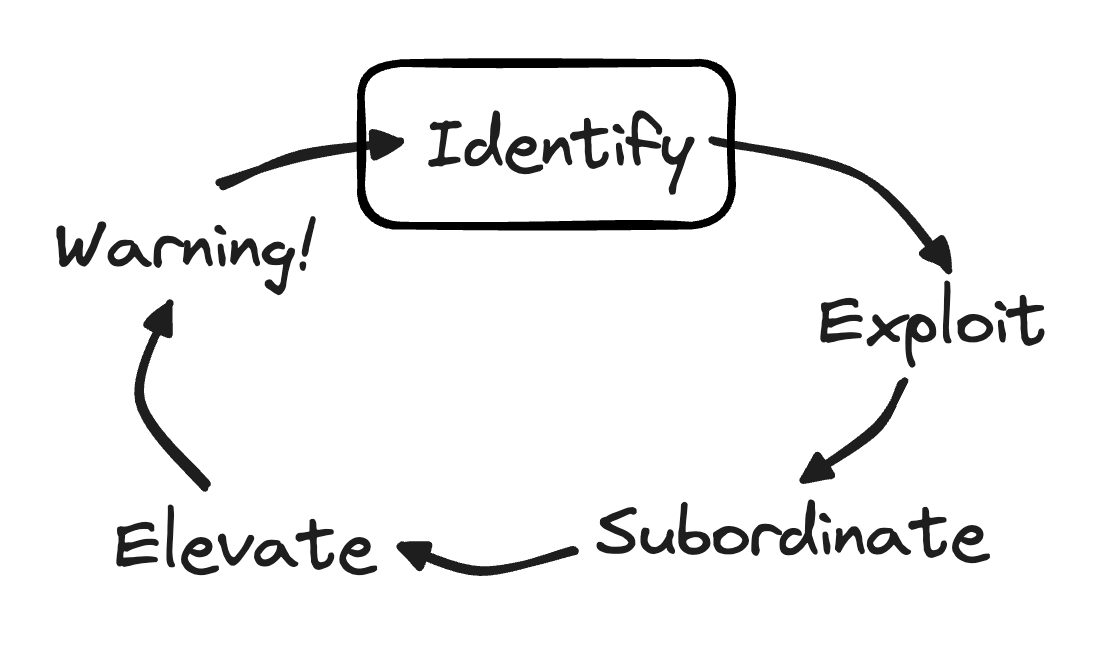
Go back
Identify the System Constraint
Learn how to identify and add detail to the system Constraint in your Value Chain. Follow a step-by-step process to pinpoint a clear and actionable Constraint, using the Tea Shop example as a reference.
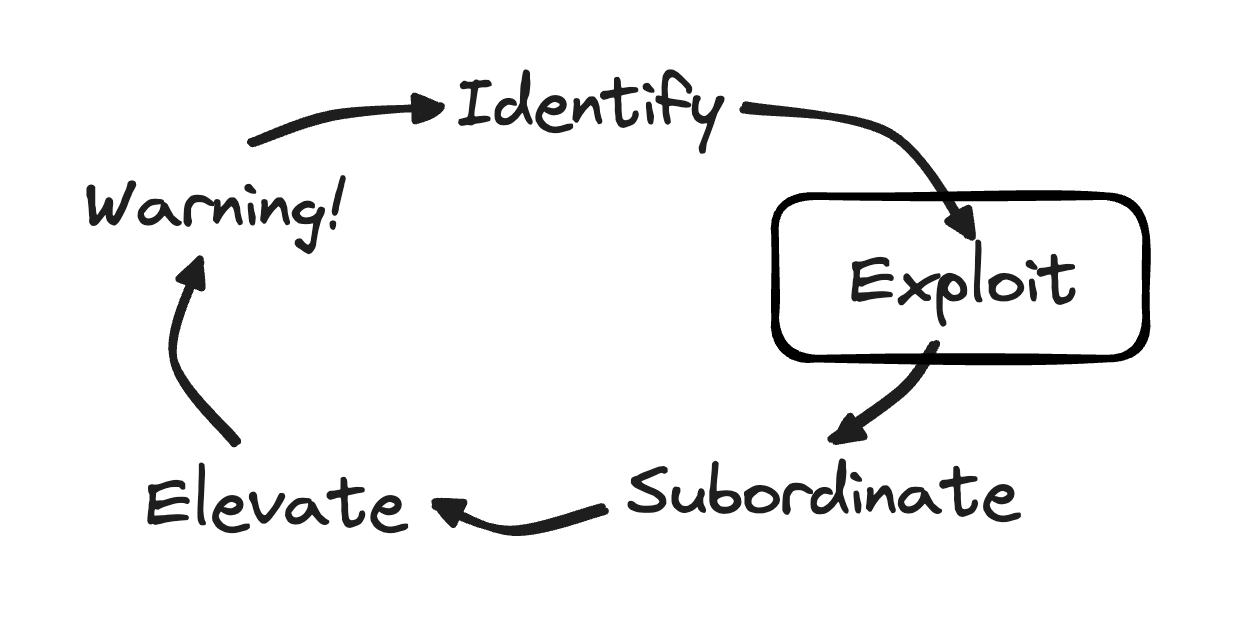
Up next
Decide How to Exploit the System's Constraint
Learn how to maximize the efficiency of your system's constraints and ensure no resources are wasted. Discover practical strategies to exploit your constraints and increase the overall value delivered by your system.
